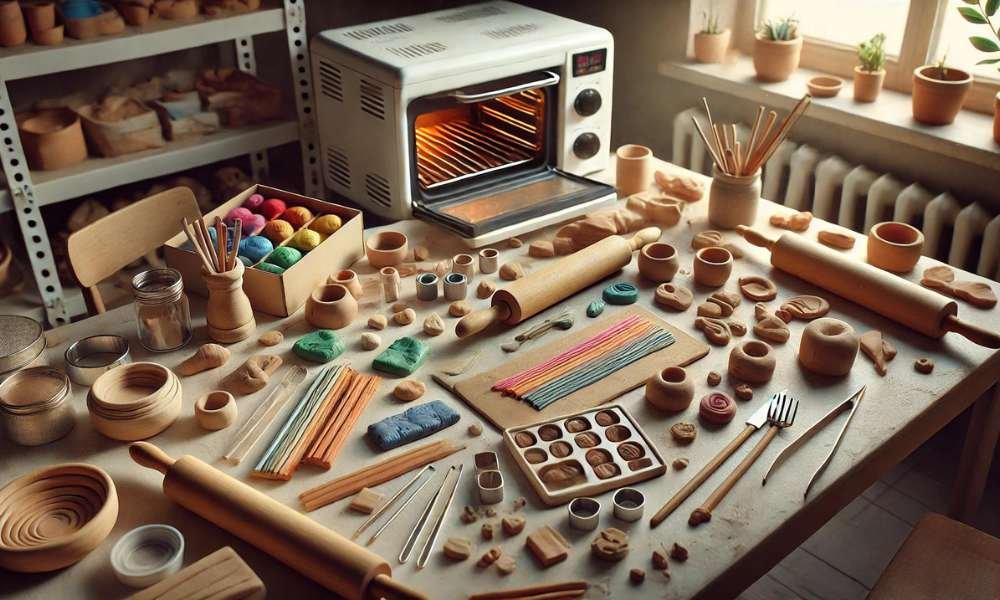Stepping into the world of oven-bake clay—also called polymer clay—ushers you into an endless realm of creativity. This versatile medium, cherished with the aid of both pro artists and curious beginners, sticks out for its vibrant shades, easy-to-mold texture, and superb resilience. Whether you’re simply starting to experiment or seeking to refine your approach, this guide will carefully walk you through the essentials, giving you the self-assurance to shape and create at every level. Imagine crafting the whole lot from placing earrings portions to specific domestic decor objects; with polymer, the possibilities virtually abound.
What Is Oven-Bake Clay?
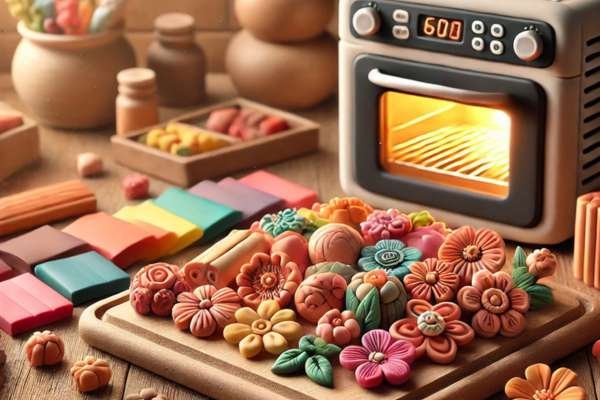
polymer clay, a polymer-based medium, transforms from soft to solid through the heat of a standard oven. Unlike air-dry Mud, which hardens on its own, polymer requires baking to achieve its final form, allowing for detailed designs and a generous working period. This versatility makes it a preferred choice for intricate sculptures and long-lasting projects.
Essential Materials for Oven-Bake Clay Crafting
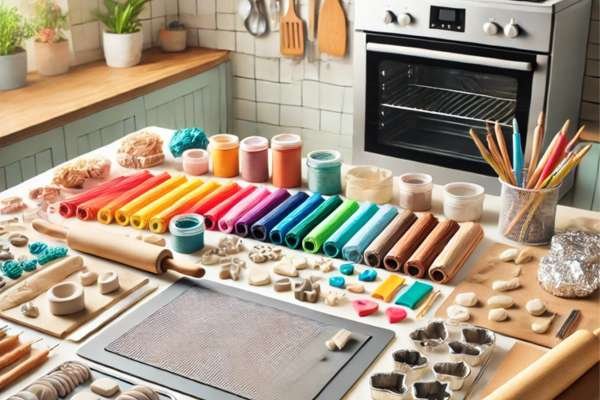
Before you begin, ensure you have these basics:
- Polymer in your chosen colors
- Work surface: A smooth, clean area such as a glass or ceramic tile
- Clay tools and cutters for shaping
- Rolling pin (reserved for that use only)
- Molds and cutters to add variety
- Baking tray (separate from your cooking utensils)
- Aluminum foil or parchment paper to line the tray
- Standard kitchen oven
Steps to Create with Oven-Bake Clay
1. Set Up Your Workspace
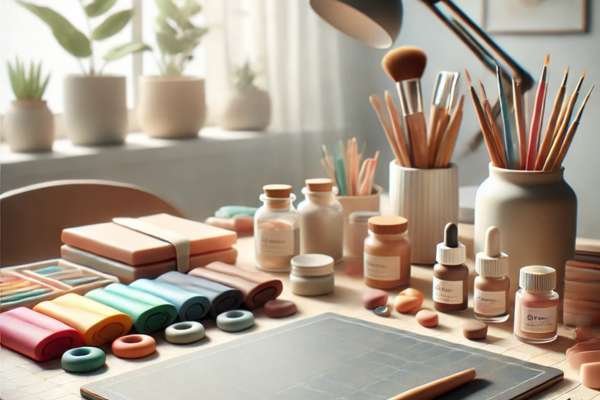
Choose a smooth, clean area for working; polymer can pick up dust or lint easily. Glass or ceramic tiles are great surfaces since they’re easy to clean and don’t stick to them.
2. Condition the Clay
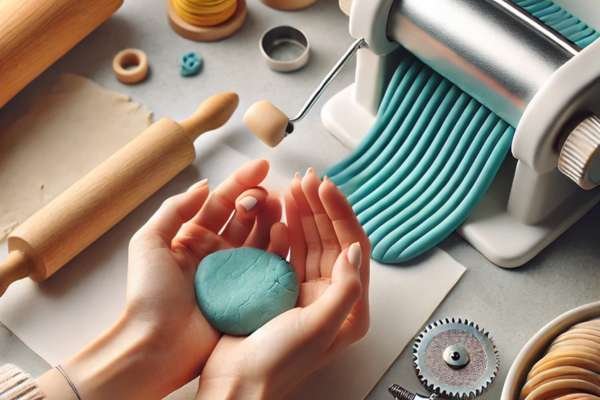
Conditioning softens the clay, making it easier to shape and blend. Begin by breaking off a piece of that:
- Warm it in your hands by kneading until it’s smooth.
- If it’s tough, consider using a pasta machine or rolling pin to soften it further.
This crucial step removes air bubbles, developing a smooth texture that’s perfect for particular shaping.
3. Shape and Sculpt
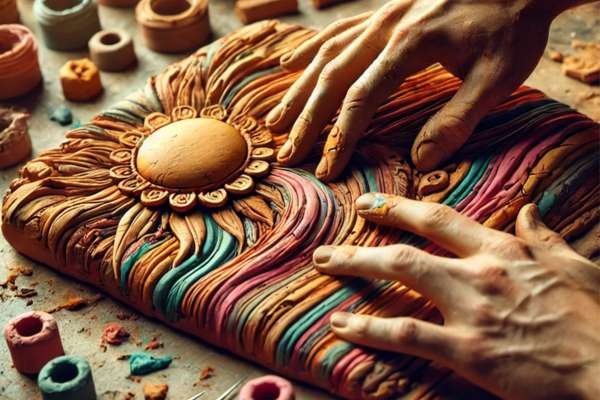
Now the snigger starts! Shape your clay as wildly as your imagination lets in—whether or no longer sculpting freehand or using molds. Try layering sunglasses, blending hues, or adding textures for depth. Play with techniques like urgent styles or layering high-quality info, giving each piece a unique, personal touch. Each method brings its very own aptitude, making every advent one-of-a-kind.
4. Bake Your Creations
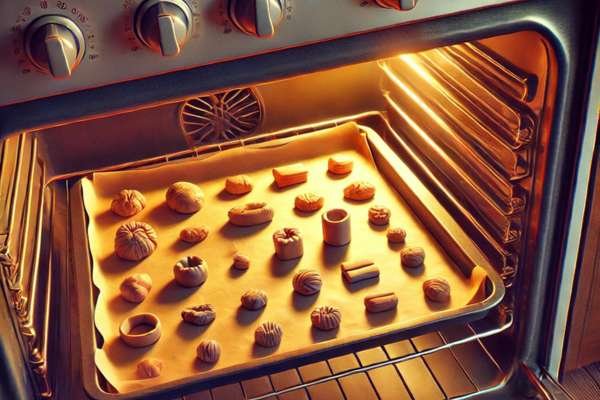
The baking stage is essential to setting your clay designs permanently.
- Preheat the oven: Follow the temperature specified on the clay’s packaging, often between 265°F and 275°F (129°C – 135°C). Consistency is key, so ensure your oven heats evenly.
- Prepare the tray: Line it with foil or parchment paper.
- Arrange pieces: Place your items on the tray, keeping space between them.
- Bake for the specified time (usually 15-30 minutes for small items) without opening the door frequently to avoid temperature drops.
- Cool completely after baking to allow the Mud to set fully.
5. Add Finishing Touches
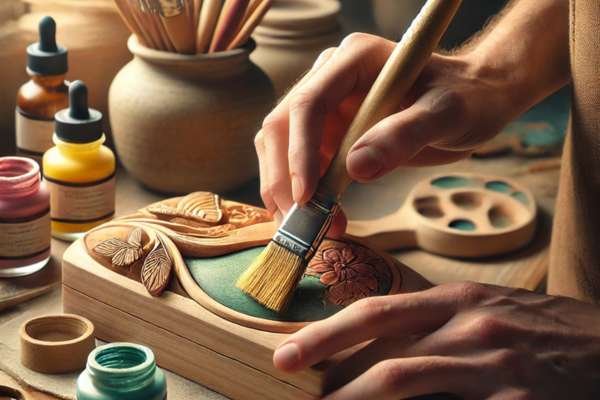
Once cooled, you can refine your creations:
- Sanding smooths rough edges.
- Painting with acrylics adds color depth.
- Sealing with varnish provides a glossy, protective layer, though optional, it can enhance the piece’s longevity.
Helpful Tips for Polymer Clay Success
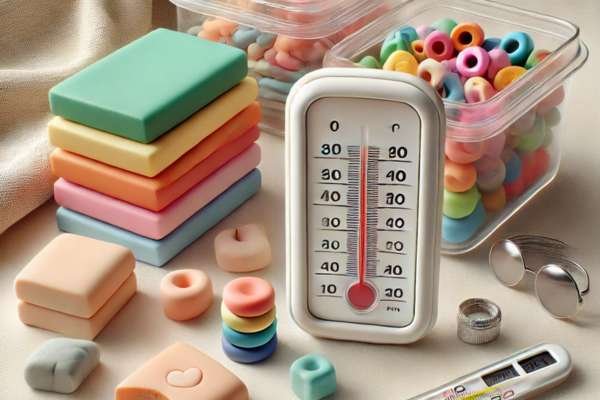
- Avoid over-kneading: Excessive handling can introduce bubbles, which may cause cracks during baking.
- Use an oven thermometer: For consistent results, verify the temperature with an oven thermometer.
- Store that in airtight containers: Keep unused and sealed to maintain its pliability.
Common Pitfalls to Dodge
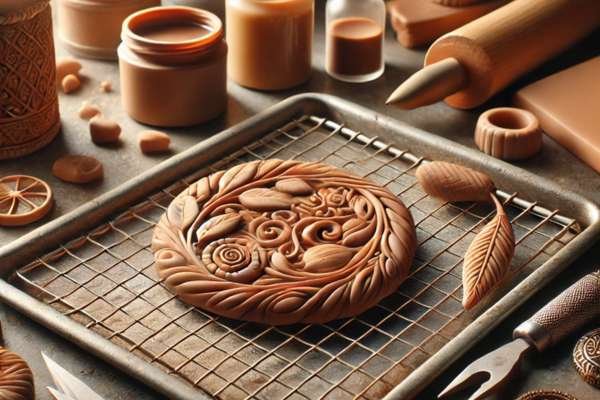
- Underbaking: Insufficient baking leads to a brittle, soft outcome.
- Overbaking: Excessive time or temperature can scorch the clay, darkening its color.
- Improper tools: Sharp tools may damage delicate designs, so opt for appropriate clay tools.
With this guide, crafting with oven-bake clay transforms into a creative journey. Whether a novice or a seasoned crafter, following these steps ensures durable, beautiful results. Now that you know the basics, let your imagination take charge, and enjoy the art of polymer clay!

